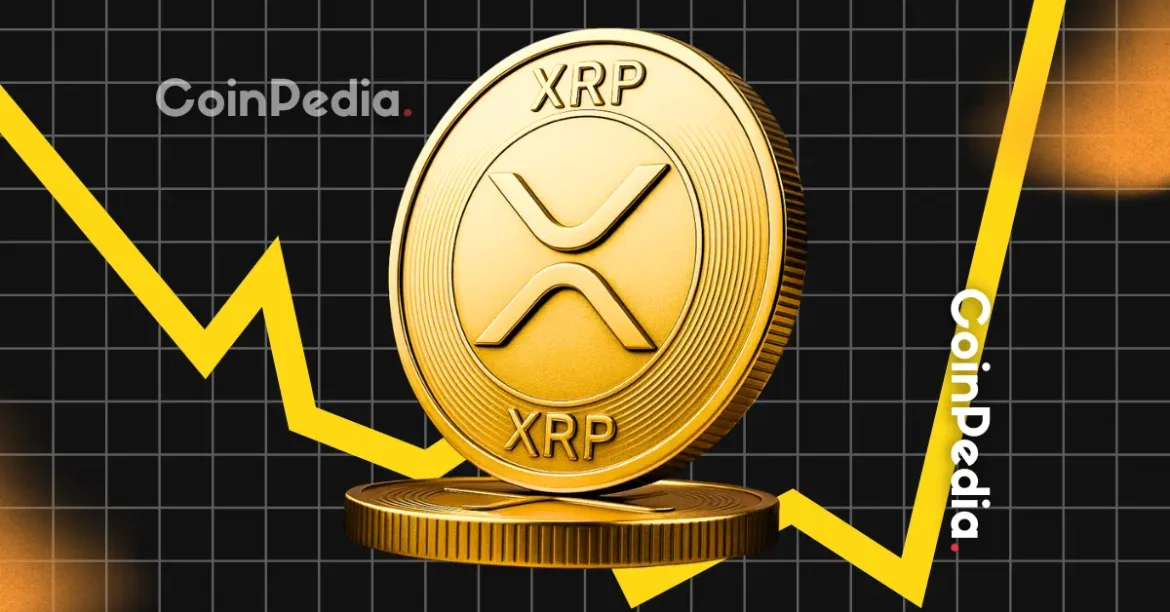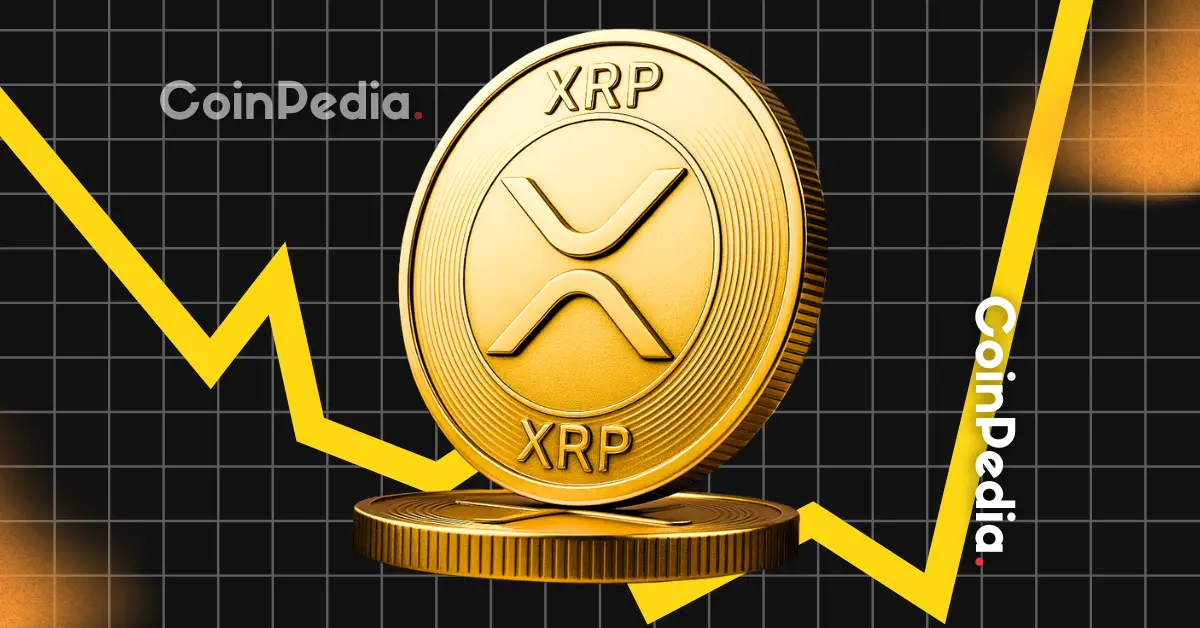The Potential of XRP as a Global Reserve Bridge Currency
The Evolving Landscape of Global Finance
The financial world is undergoing a profound transformation. The U.S. dollar, long considered the undisputed global reserve currency, is facing increasing scrutiny and competition. Emerging markets and nations are seeking alternatives to reduce their reliance on the dollar, driven by geopolitical tensions, economic sanctions, and a desire for financial sovereignty. This shifting landscape has opened the door for innovative solutions, including digital assets like XRP, which some experts believe could emerge as a “bridge currency” in international finance.
Understanding XRP: A Unique Digital Asset
XRP stands out in the crowded cryptocurrency space due to its distinct design and purpose. Unlike Bitcoin, which was created as a decentralized store of value, or Ethereum, which focuses on smart contracts, XRP was developed specifically to facilitate fast, low-cost cross-border transactions. This specialized functionality makes it a compelling candidate for a bridge currency role.
The XRP Ledger, the underlying technology behind XRP, is engineered for speed, scalability, and efficiency. Transactions on the XRP Ledger settle in seconds, compared to the days it can take for traditional international payments to clear. Additionally, XRP transactions incur minimal fees, making it a cost-effective alternative to traditional systems that often involve high fees from intermediaries.
The Role of a Bridge Currency
A bridge currency serves as an intermediary in transactions between two other currencies. In international trade and finance, a bridge currency simplifies the process of exchanging currencies, particularly when direct exchange is inefficient or costly. For example, a business in Brazil looking to pay a supplier in Japan might find it more efficient to convert Brazilian reals into XRP and then XRP into Japanese yen, rather than attempting a direct exchange between reals and yen.
This intermediary role is crucial in global finance, as it reduces complexity and cost. Traditional bridge currencies, such as the U.S. dollar or the euro, have long dominated this space. However, the rise of digital assets like XRP presents an opportunity to disrupt this status quo.
XRP’s Advantages as a Bridge Currency
XRP possesses several key advantages that position it as a strong candidate for a global reserve bridge currency:
Speed and Efficiency
One of XRP’s most significant advantages is its transaction speed. The XRP Ledger can process transactions in just a few seconds, a stark contrast to the days it can take for traditional international payments to settle. This speed is critical in global finance, where delays can lead to lost opportunities and increased costs.
Low Transaction Costs
Traditional cross-border payments often involve multiple intermediaries, each charging fees. These fees can add up, making international transactions expensive. XRP transactions, on the other hand, incur minimal fees, making it a cost-effective alternative.
Scalability
The XRP Ledger is designed to handle a high volume of transactions, making it suitable for use in large-scale international payments. This scalability is essential for a bridge currency, which must be able to accommodate the vast number of transactions that occur in global finance.
RippleNet and On-Demand Liquidity (ODL)
RippleNet is a network of financial institutions that use Ripple’s technology, including XRP, to facilitate cross-border payments. On-Demand Liquidity (ODL) is a service that leverages XRP to provide liquidity on demand, eliminating the need for pre-funded accounts in different currencies. This reduces costs and improves efficiency, making XRP an attractive option for financial institutions.
Expert Perspectives on XRP’s Potential
Several experts have weighed in on the potential of XRP as a global reserve bridge currency. Oliver Michel, CEO of Tokentus Investment AG, is a prominent advocate for this idea. Michel argues that XRP can facilitate fast and low-cost cross-border payments, offering a more efficient alternative to traditional systems. He also suggests that global banks should focus on establishing a stable economic system rather than launching their own central bank digital currencies (CBDCs).
Other experts have also noted the potential of XRP in this role. The speed, efficiency, and low cost of XRP transactions make it an attractive option for financial institutions looking to streamline their cross-border payment processes. Additionally, the growing adoption of XRP by financial institutions through RippleNet and ODL is a positive sign of its potential as a bridge currency.
Challenges and Considerations
Despite its potential, XRP faces several challenges that could hinder its adoption as a global reserve bridge currency:
Regulatory Uncertainty
One of the most significant challenges facing XRP is regulatory uncertainty. The legal status of XRP has been a subject of debate, particularly in the United States, where Ripple has been involved in a high-profile lawsuit with the Securities and Exchange Commission (SEC). This regulatory uncertainty has created a barrier to adoption, as financial institutions are often hesitant to engage with assets that lack clear regulatory guidance.
Adoption by Financial Institutions
For XRP to become a widely used bridge currency, it needs to be adopted by a significant number of financial institutions. While Ripple has made progress in this area with RippleNet, widespread adoption is still needed. Financial institutions must be convinced of the benefits of using XRP, including its speed, efficiency, and low cost, before they will fully embrace it.
Competition from Other Digital Assets and CBDCs
XRP faces competition from other digital assets that aim to facilitate cross-border payments, as well as from central bank digital currencies (CBDCs) that governments are developing. These competitors could potentially offer similar benefits to XRP, making it difficult for XRP to stand out in the crowded digital asset space.
Volatility
Like many cryptocurrencies, XRP has experienced price volatility, which could make it less attractive to risk-averse institutions. Financial institutions typically prefer stable assets for cross-border payments, as volatility can introduce unnecessary risk. XRP must demonstrate stability and reliability before it can gain widespread acceptance as a bridge currency.
Centralization Concerns
Although the XRP Ledger is decentralized, Ripple’s significant holding of XRP has raised concerns about centralization. Some critics argue that Ripple’s control over a large portion of the XRP supply could undermine the decentralized nature of the asset, making it less attractive to institutions that value decentralization.
The Path Forward: Overcoming Challenges
For XRP to realize its potential as a global reserve bridge currency, several key steps must be taken:
Clarity in Regulation
Clear and consistent regulation of digital assets is essential to provide legal certainty and encourage adoption. Regulatory bodies must work to establish clear guidelines for the use of XRP in cross-border payments, addressing concerns about its legal status and ensuring that financial institutions can engage with it confidently.
Increased Adoption by Financial Institutions
Ripple must continue to expand RippleNet and encourage financial institutions to use XRP for cross-border payments. This can be achieved through education, outreach, and demonstration of the benefits of using XRP. As more institutions adopt XRP, its potential as a bridge currency will grow.
Continued Technological Development
Ongoing innovation is needed to improve the scalability, security, and efficiency of the XRP Ledger. Ripple must continue to invest in research and development to ensure that XRP remains at the forefront of digital asset technology.
Addressing Centralization Concerns
Ripple must take steps to further decentralize the XRP ecosystem and address concerns about its control over XRP. This can be achieved through measures such as reducing its XRP holdings, increasing community involvement in governance, and promoting transparency in its operations.
Conclusion: A Visionary Future or a Distant Dream?
The idea of XRP becoming the world’s reserve bridge currency is a bold and ambitious vision. While XRP has several advantages, including its speed, efficiency, and low transaction costs, it also faces significant challenges, including regulatory uncertainty, competition from other digital assets, and concerns about centralization. Whether XRP can overcome these challenges and achieve its potential remains to be seen.
The future of XRP as a global reserve bridge currency will depend on its ability to gain widespread adoption, navigate the evolving regulatory landscape, and continue to innovate and improve its technology. Ultimately, the question is not just whether XRP *can* become a global reserve bridge currency, but whether it *will*. Only time will tell if this vision becomes a reality or remains a distant dream.





